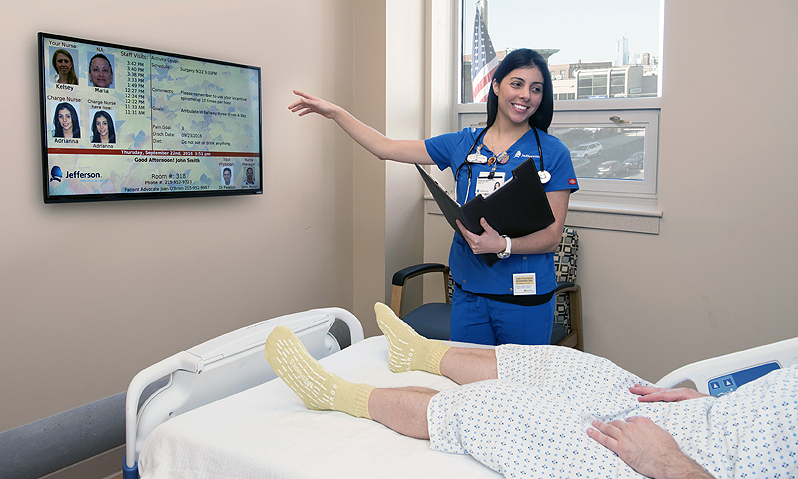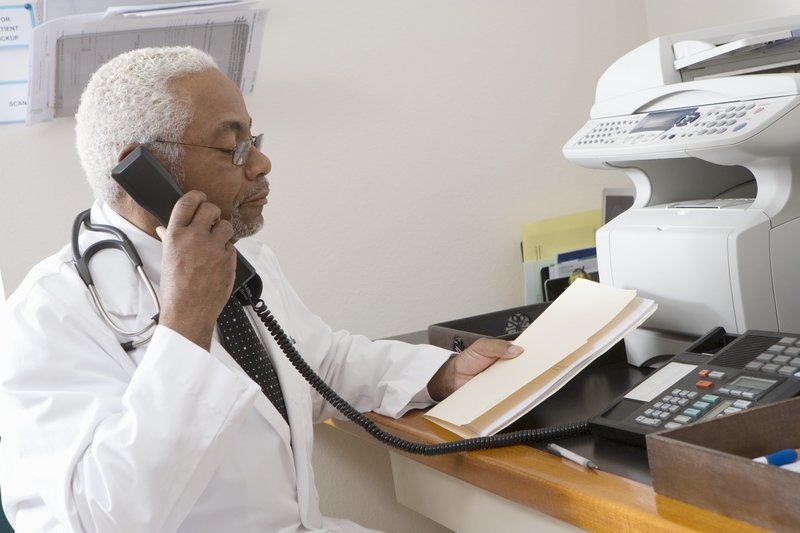Excellent patient communication is at the heart of extraordinary healthcare. Mastering patient communication can help you be perceived as someone who is helpful, thoughtful and competent.
Healthcare is a space where patients are in a vulnerable place, and giving them the necessary comfort can help patients open up with their problems and give healthcare professionals a better shot at giving them the best possible care. Effective communication skills can also help minimize barriers to mutual understanding.
On reviewing 14,000 in-hospital deaths, it was found that communication errors were the leading cause of death (Source: Regis College). This means that it is important to understand the patient’s perspective. In fact, understanding patient perspectives are key when it comes to preventing conflict and enabling efficient healthcare.
To understand patient communication better, keep reading our comprehensive guide. The guide is divided into 4 parts to make your learning experience easier.
What is AIDET?
AIDET is a communication framework that is often used in the healthcare industry to help improve communication and build trust with patients. AIDET stands for Acknowledge, Introduce, Duration, Explanation, Thank you.
Table of Contents
- Patient Communication Defined
- What is good patient communication?
- What are the five fundamentals of patient communication?
- 5 easy tips to help improve patient communication
Part 1: Patient communication defined

Patient communication is simply the process through which information is shared between the healthcare provider and patient (or caregiver) using verbal or non-verbal cues.
Part 2: What is good patient communication?
Good patient communication is an indispensable part of patient care. To analyse if patient communication is effective, the completeness, accuracy, timeliness, unambiguity and the level of understanding of the patient must be measured.
Part 3: What are the five fundamentals of patient communication?

There is a common acronym that is used while discussing the five fundamentals of patient communication is AIDET. AIDET can be expanded as –
Acknowledge – acknowledge the patient and his/her family, make eye contact and greet them.
Introduce – introduce yourself by sharing your name, qualifications and skills.
Duration – be honest and give an accurate account of when patients can expect results and an update on progress.
Explanation – explain the diagnosis and also explain step-by-step what the patient can expect next.
Thank You – thank the patient and their family for choosing your hospital, thank them for their support and coordination.
Following the AIDET framework can help reduce anxiety, aid comfort of the patient and improve clinical outcomes.
Part 4: 5 easy tips to improve patient communication
1.) Analyse patient emotions and body language
Try to assess the emotions in the room. Is your patient scared? Upset? Calm? Do try them seem like they will open up or do they seem excessively worried? Analysing their body language can help you understand the emotions they are feeling.
Always ensure to communicate at their level. Sit down, make eye contact and always face them while speaking. This makes them feel welcome and safe.
2.) Use simple language and keep interactions easy
The use of technical and complicated language or the use of extremely long sentences can overwhelm and intimidate the patient. Instead, use simple terms that patients can easily comprehend. While explaining complex concepts, keep your questions short, stay on topic and be open to questioning.
Stay calm and composed while answering questions, this gives them the opportunity to understand their diagnosis better and it will also make them more open to understanding treatment options.
3.) Always respect the patient
Showing respect is a given in all forms of communication, patient communication being no exception. The importance of showing respect grows multifold while talking to patients.
As healthcare professionals, it is imperative to answer queries, accommodate requests and address concerns, so giving patients choices, explaining the diagnosis is clear and respectful ways is key during patient communication.
4.) Make patience a priority
Factors such as age, anxiety and cognitive challenges may make your patients difficult to talk to. You may need to repeat yourself several times or speak very slowly to ensure they understand what your saying.
The pace at which you speak can have a significant impact in ensuring positive patient communication.
5.) Ensure that all written communication is accessible, HIPAA compliant and easy to understand
It is imperative to understand that written communication is as important if not more important than verbal communication when it comes to healthcare. Patients refer to doctor notes, laboratory reports, and prescriptions while giving medicines and taking care of the patient.
So, the use of proper tools and techniques to capture and share information can greatly help prevent any conflict or legal challenges later. The best way to share documents with patients is by using HIPAA-Compliant faxing tools such as iFax. iFax is quick, easy to use and ensures that all files have end-to-end encryption. iFax is specifically designed to make all patient communication easy and simple.
 Conclusion
Conclusion
Patient communication is the cornerstone of good patient care. It is crucial for healthcare providers to ensure that communication with patients is clear, concise, compliant and compassionate. Communicating with empathy and putting the patient’s needs at the forefront can make the patient feel comfortable and this, in turn, helps healthcare outcomes.
Decreasing patient anxiety and increasing the trust and hope that patients place on healthcare providers can improve healthcare services provided to the patient. Patient satisfaction can play a major role in the establishment of a brand name for a healthcare facility. Most importantly better patient communication can ensure that doctors are able to give the best treatment options to patients and enable good quality of life.
Ensuring that healthcare providers share data in a clear and compliant manner can help decrease the possibility of a conflict. Using a HIPAA compliant service such as iFax can help foster trust and provide patients with their reports in a timely and easy manner.
We hope this guide on better patient communication helps you. Check our articles on sending HIPAA Compliant Emails and Fax here.




 Conclusion
Conclusion 


